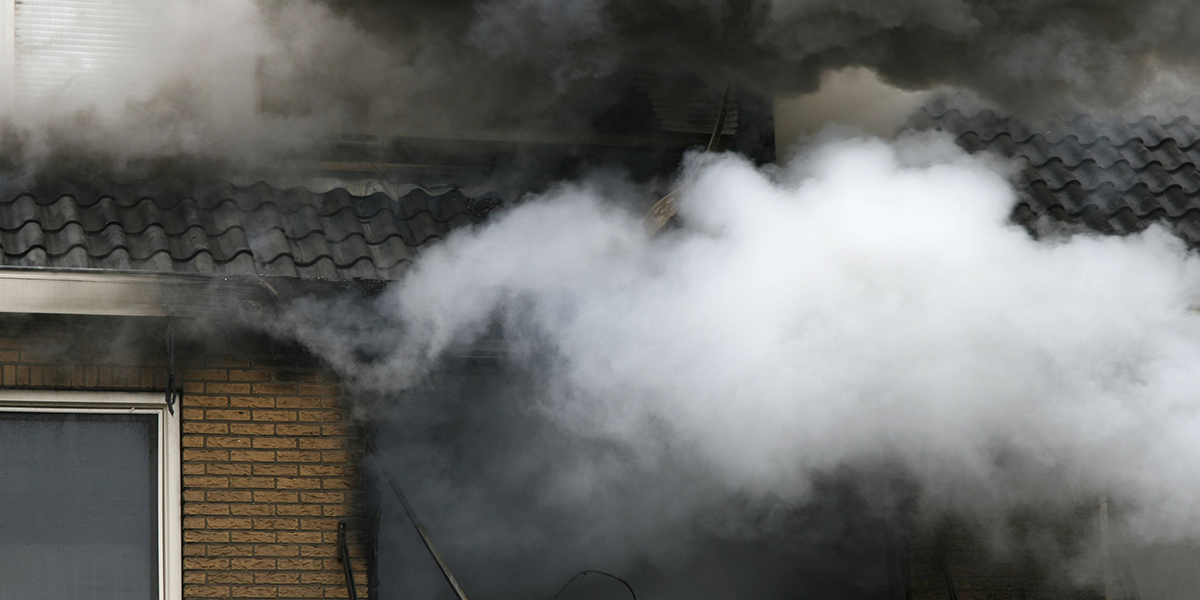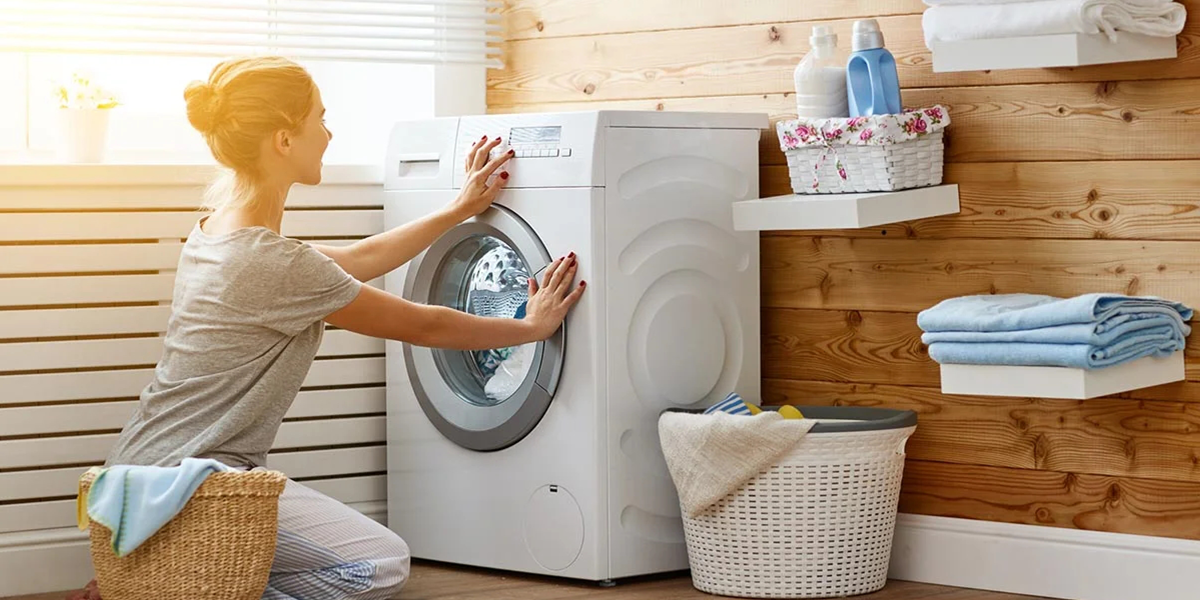A dehumidifier is a household appliance designed to reduce the humidity level in the air by removing excess moisture. It works by drawing in moist air, cooling it to condense the moisture into water, and then expelling the drier air back into the room. Dehumidifiers are commonly used in homes to maintain a comfortable and healthy indoor environment by preventing issues associated with high humidity, such as mould, mildew, dust mites, and musty odors. They are essential in regions with high humidity levels or in situations where excessive moisture can be a problem.
After reading this article we have come to this conclusion, Drier air will help the smell disappear. Dehumidifiers are machines that remove moisture from the air. This will help to eliminate any trace of smoke odor from your home.
Dehumidifiers with Air Filters
A dehumidifier with a filter typically refers to a dehumidifier that includes an air filtration system along with its dehumidifying function. These filters are primarily designed to capture airborne particles, such as dust, pollen, pet dander, and sometimes even smaller particles like mould spores and certain allergens. The addition of an air filter can help improve indoor air quality while also reducing humidity levels.
Here are some key points about dehumidifiers with filters:
- Air Filtration: The filters in these dehumidifiers can vary in type and efficiency. Common filter types include HEPA filters, activated carbon filters, and washable pre-filters. HEPA filters are highly effective at capturing very small particles, while activated carbon filters are good at adsorbing odors and chemicals.
- Improving Indoor Air Quality: Dehumidifiers with filters are particularly beneficial in homes where not only humidity control but also cleaner air is a priority. They can help reduce allergens, pet odors, and other airborne irritants.
- Mould and Mildew Prevention: By removing moisture from the air and capturing airborne mould spores, these dehumidifiers can assist in preventing mould and mildew growth in the home.
- Maintenance: It's essential to regularly clean or replace the filters in these dehumidifiers, as they can become clogged with captured particles over time. Follow the manufacturer's guidelines for maintenance.
- Cost: Dehumidifiers with filtration systems are generally more expensive than basic dehumidifiers without filters, but they offer the added benefit of air purification.
- Activated Carbon Filters: Some dehumidifiers have activated carbon filters in addition to regular air filters. Activated carbon is effective at adsorbing odors and volatile organic compounds (VOCs), making it useful for reducing odors, including those from smoke, cooking, and pets.
- HEPA Filters: A few high-end dehumidifiers come equipped with HEPA filters. HEPA filters are exceptionally efficient at trapping very fine particles, including allergens and some smoke particles. They are excellent for improving air quality.
When selecting a dehumidifier with a filter, consider the specific filtration needs of your home and the type of filter that is included. Some models may offer a combination of filtration options, allowing you to customize the air purification to your requirements.
Dehumidifiers After Fire Damage

Dehumidifiers can play a helpful role in the aftermath of fire damage by aiding in the restoration and recovery process. When a fire occurs, there is often a significant amount of water used to extinguish the flames, which can lead to excess moisture in the affected area. Dehumidifiers can assist in mitigating the damage caused by this water and in restoring a healthier indoor environment.
Here's how dehumidifiers are used after fire damage:
- Removing Excess Moisture: Firefighters often use water to extinguish fires, and this water can lead to increased indoor humidity levels. Excess moisture can contribute to mould growth and further damage to the property. Dehumidifiers can help remove this excess moisture and maintain an appropriate humidity level, preventing additional problems.
- Drying Out the Space: Fires can leave buildings and contents wet from firefighting efforts or water used in sprinkler systems. Dehumidifiers aid in drying out walls, ceilings, floors, and belongings to prevent water-related damage and mould growth.
- Minimizing Odor: Fire damage can result in lingering smoke odors. While dehumidifiers alone do not eliminate smoke odors, they can help reduce the conditions that encourage odor retention. As the environment dries out, it can be more amenable to odor remediation efforts.
- Enhancing the Efficiency of Restoration: Restoration professionals often use dehumidifiers as part of the overall fire damage restoration process. These devices can help accelerate the drying of structures and contents, making the restoration process more efficient.
- Preventing Mold and Mildew: The moisture left behind by firefighting efforts, coupled with the damage caused by the fire, can create conditions conducive to mould and mildew growth. Dehumidifiers help maintain a dry environment, preventing the growth of these harmful microorganisms.
When using dehumidifiers after fire damage, it's crucial to work with experienced professionals, such as fire restoration experts or water damage restoration specialists, who can assess the extent of the damage and develop a comprehensive plan for recovery. This plan may involve a combination of dehumidification, cleaning, odor removal, and repairs to restore the property to its pre-fire condition.
Unpleasant smoke odor can be bothersome, but it's not an insurmountable issue. With a bit of effort and a few straightforward techniques, you can eliminate the smell of smoke from your home. If necessary, professional help is worth considering—their cleaning solutions are assured to restore the freshness and cleanliness of your home!
FAQ
1 What is a dehumidifier, and how does it work?
A dehumidifier is a device that reduces humidity in the air by removing excess moisture. It works by drawing in humid air, cooling it to condense the moisture, and then expelling drier air back into the room.
2 How do I determine the ideal humidity level for my home?
The recommended indoor humidity level typically falls between 30% and 50%. This range helps maintain a comfortable and healthy indoor environment.
3 Can a dehumidifier help with allergies and respiratory issues?
Dehumidifiers can alleviate allergy and respiratory symptoms by reducing humidity levels, which discourages the growth of allergens like dust mites and mould.
4 Do I need to clean and maintain my dehumidifier?
Yes, regular maintenance is essential to keep your dehumidifier running efficiently and to prevent mould or bacteria growth. Clean the water reservoir and any filters according to the manufacturer's instructions.
5 Is it safe to leave a dehumidifier running all the time?
Dehumidifiers are generally safe to run continuously, but you should monitor the humidity level and follow the manufacturer's guidelines to avoid over-dehumidifying.
6 Can a dehumidifier help with basement dampness and musty odors?
Dehumidifiers are particularly effective in basements and crawl spaces to control humidity, reduce dampness, and eliminate musty odors.
7 Do Dehumidifiers Get Rid of Cigarette Smell and Smoke?
Yes. It will help to get rid of the cigarette smell and smoke. When someone smokes or uses a cigarette, the bad air from that smoke will be trapped in the air particles and will pollute the air making an unpleasant smell.
The moisture in the air will worsen those smells. Therefore, it is better to dry out the air in your home using a dehumidifier. It will help to the disappearance of smoke and the cigarette smell.









Shop For Dehumidifier